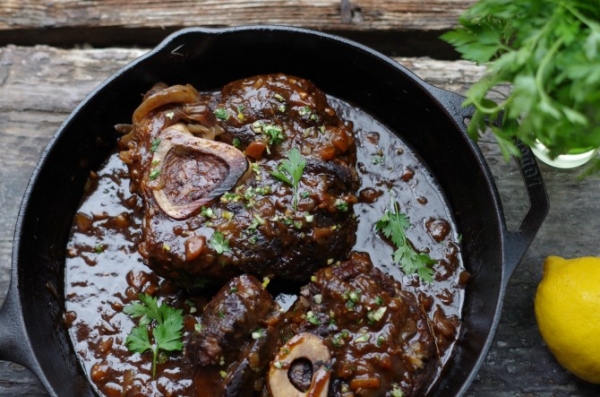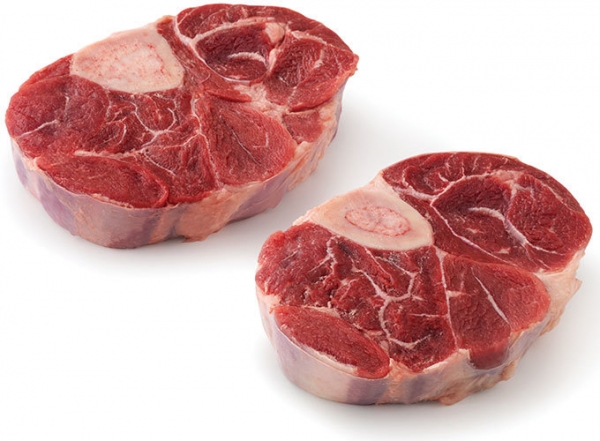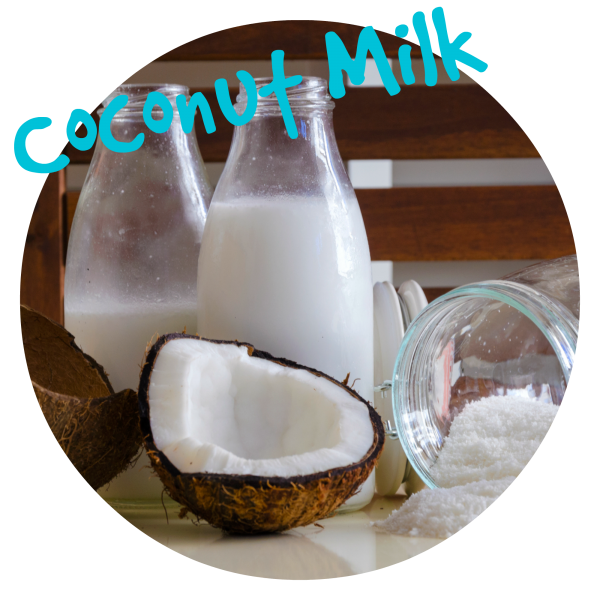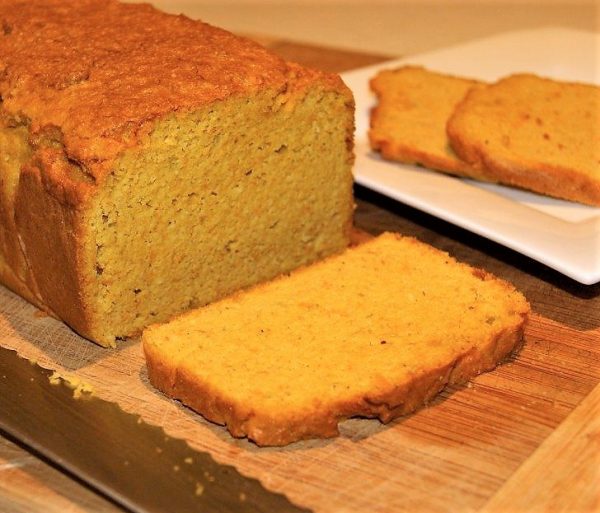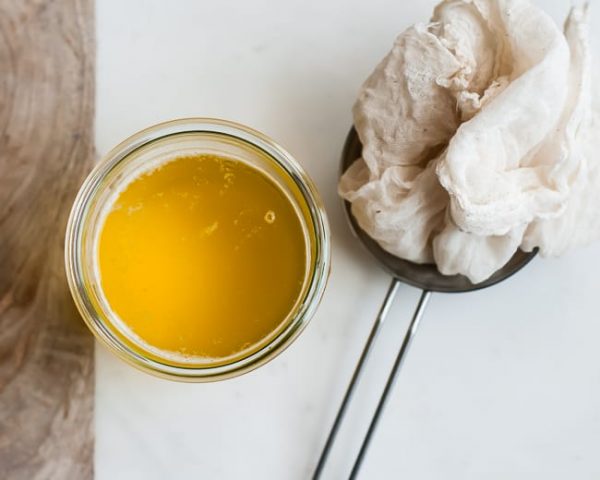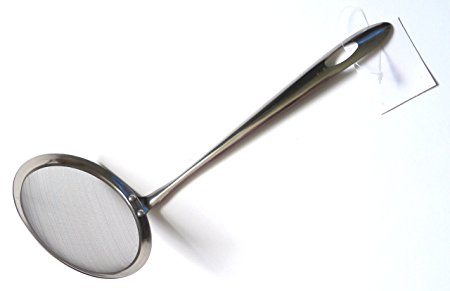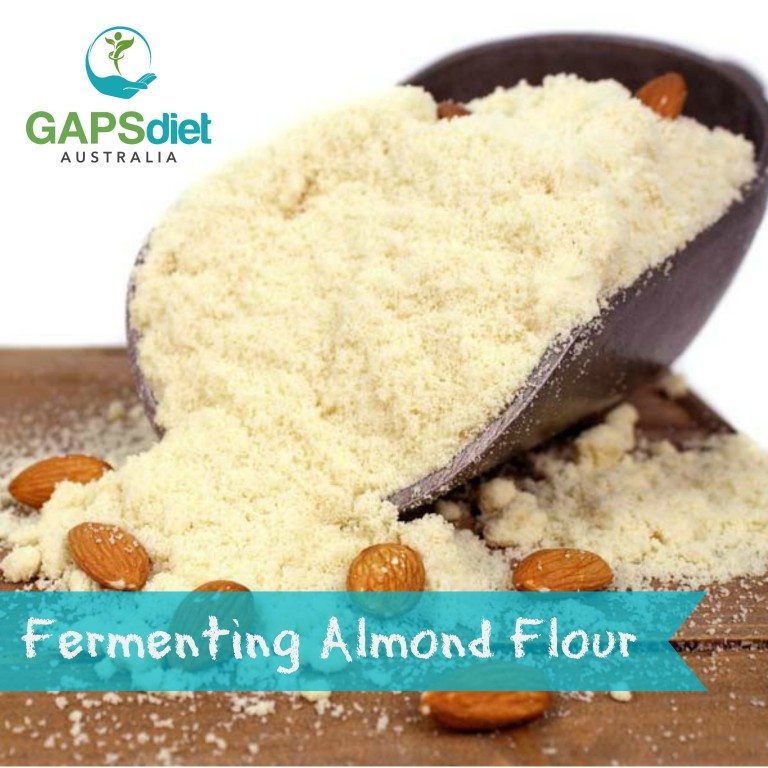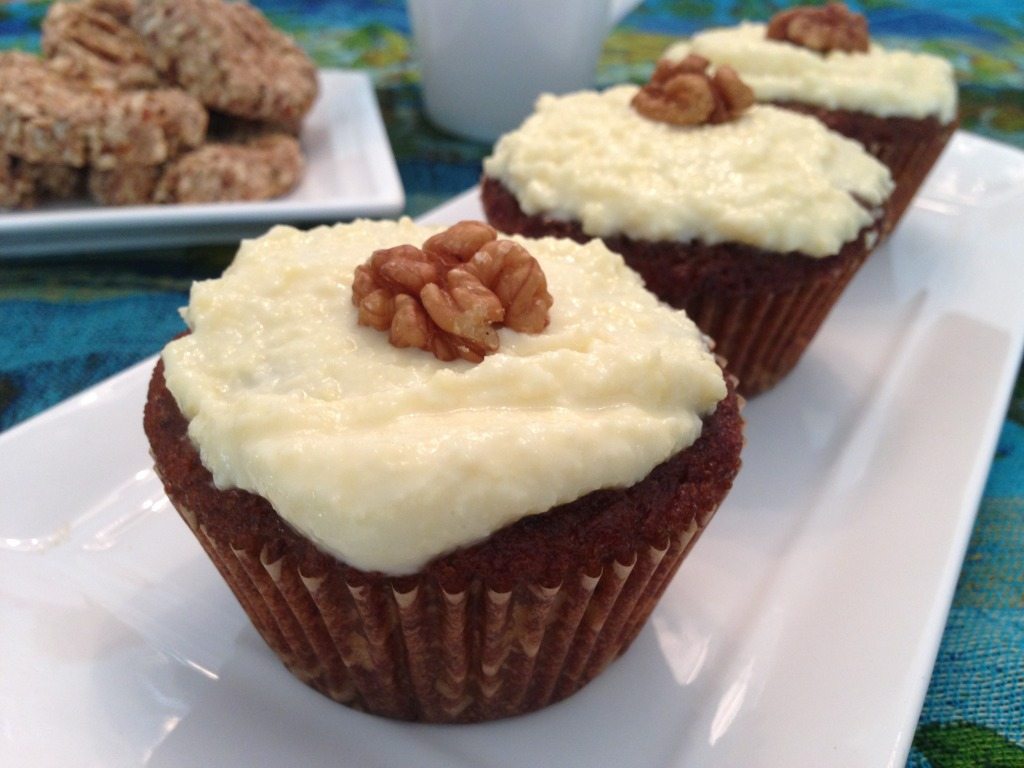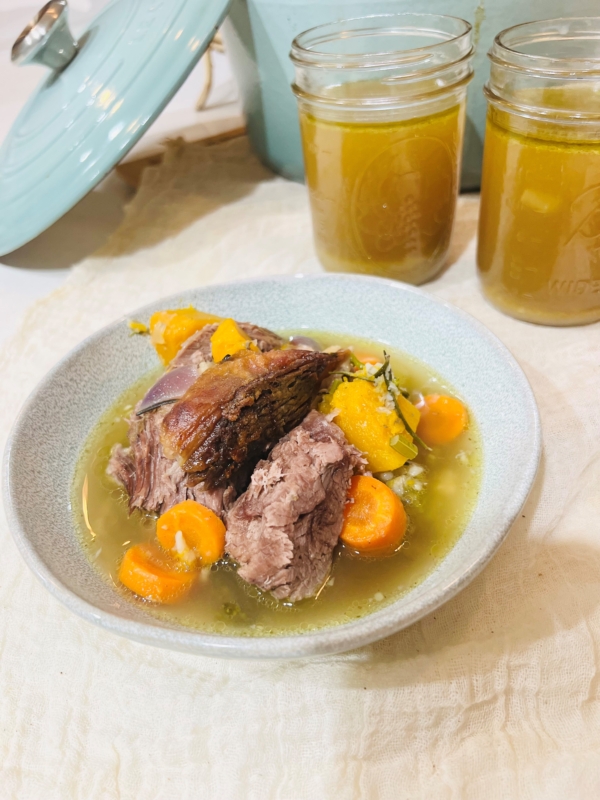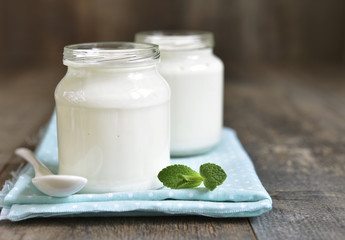Meat Jelly Slice
This dish is a traditionally known remedy for digestive problems and is famous for its healing powers and nourishing components such as gelatine, glucosamine, glycoproteins, phospholipids etc… A highly recommended recipe of Dr Natasha’s for healing tummies. Print Recipe Meat Jelly Slice This recipe is appropriate for stage two onward Votes: 0 Rating: 0 You: […]

| Prep Time | 45 minutes |
| Cook Time | 5 hours |
| Passive Time | 1 hour |
| Servings |
people
|
- 4 Pigs trotters Organic
- 6-8 Chicken legs Organic
- 2 tsp Celtic or Himalayan Sea Salt
- 1 tsp Black pepper corns
- 1 whole Leak Cut into three pieces for the pot (this will be discarded later)
- 1 whole Carrot Cut in large cube peices (this will be discarded later)
- 2 whole Carrots These are to be used later - set aside for step 8
- 6 cloves Raw Garlic Crushed
- 3 whole Raw Garlic These are to be used later - set aside for step 8
- 1 whole Onion Cut in quarters and gently sautéed in ghee or lard
- 2 Bay leaves (this will be discarded later)
- 2 litres Filtered water
- 3 litres Filtered water
- 2 Stems Shallots Optional extra for garnish
Ingredients
|

|
- Bring 2 litres of water to boil and place pigs trotters into the pot. Boil the trotters for a further 5 minutes and then remove the trotters from the pot whilst discarding the water. (this is to clean and prepare the trotters).
- Bring a new pot to boil with 3 litres of water with all 4 pigs trotters added (ensuring that they are completely covered).
- Add pepper, salt, onion, leaks and bay leaves and cook on a low heat with the lid on for 5 hours in total.
- By the 3rd Hour; add the chicken legs and bring to the boil and lower the heat again. Make sure to keep the meat covered by the broth and top up water if needed (but not too much - only enough to cover.
- Continue to cook with the lid slightly to the side to allow for some evaporation of the stock so that you can establish the right amount of broth for the perfect batch. Too much water will not allow the broth to solidify whilst too little can make it too hard.
- By the 4th Hour; add remaining vegetables (onion, garlic, carrot and leaks) except for the additional 3 garlic cloves and additional 2 carrots to be set aside and used later. Cook for the final hour. After an hour, the broth should appear thick and the meat tender and soft. Turn off the heat and remove from the stove.
- Strain all the meat cuts, trotters and vegetables from the stock through a sieve and set them aside (ensuring to catch the stock in a pyrex jug under the colander for later use).
- Return the stock to the stove with the two additional freshly sliced carrots and three large whole garlic cloves added and bring to a boil and then simmer until the carrots are cooked but not too soft.
- Whilst the carrots are cooking let the trotters and chicken legs cool. Once they are cool, remove any bones and unwanted parts from the pigs trotters and and set aside the pulled meat. Remove and throw away the bones and the cooked vegetable, peppercorns and bay leaf remains.
- After the carrots and garlic have been cooked in the stock, strain them from the stock (ensuring to catch the stock in a pyrex jug under the colander) and set them aside.
- Strain the broth again through a cheese cloth and set aside.
- Slice the cooked garlic cloves into slithers and add them to a deep glass dish with the sliced cooked carrots. You can improvise by adding a few fresh sliced shallots parsley or fennel sprigs at this stage.
- Chop the meat collected from the pigs trotters and chicken legs and add them to the glass dish on top of the carrots and garlic.
- Pour the reserved stock over the top to ensure that all the meat is covered.
- Place meat jelly into the fridge to set overnight.
Serving
This can be cut into slices and served cold with salad or vegetables with a cup of meat stock. It is important to always remember to eat protein with vegetables.
Points
You may alternatively use small bowls or cups to set and serve your meat jelly.
You may use other meats such as fish (salmon) or beef and lamb to create this meal.

